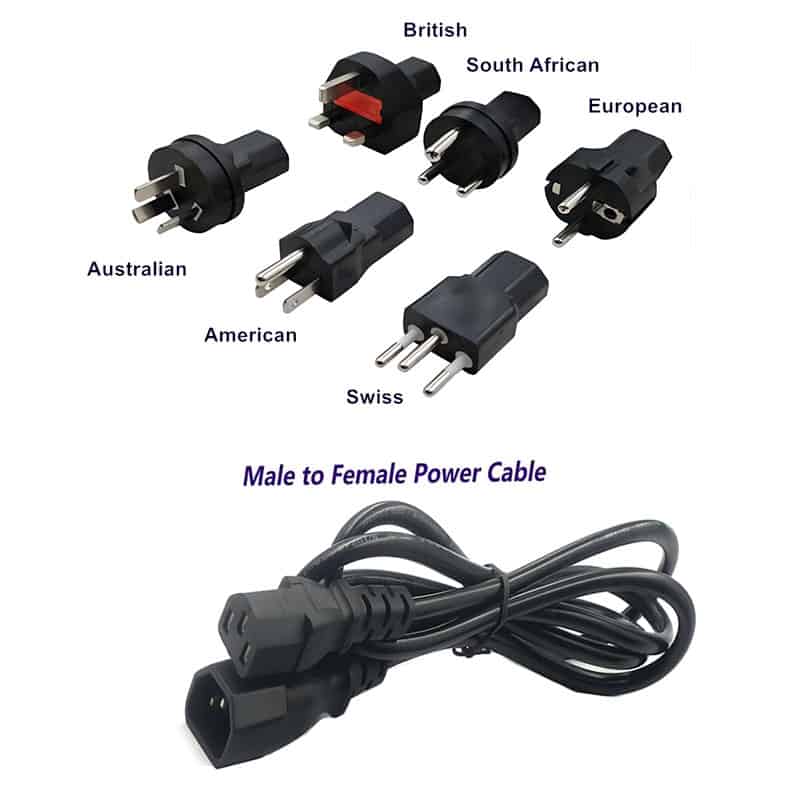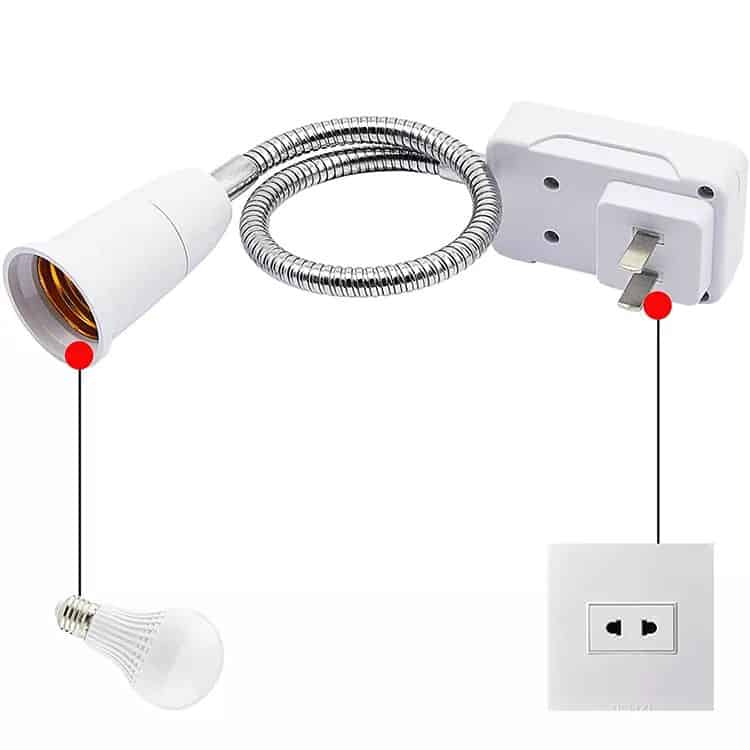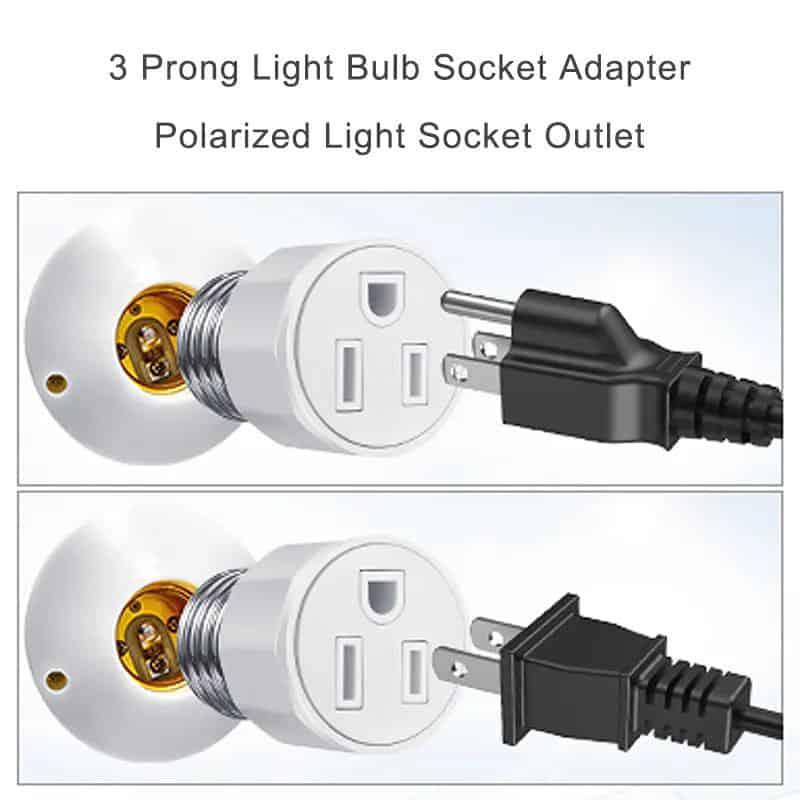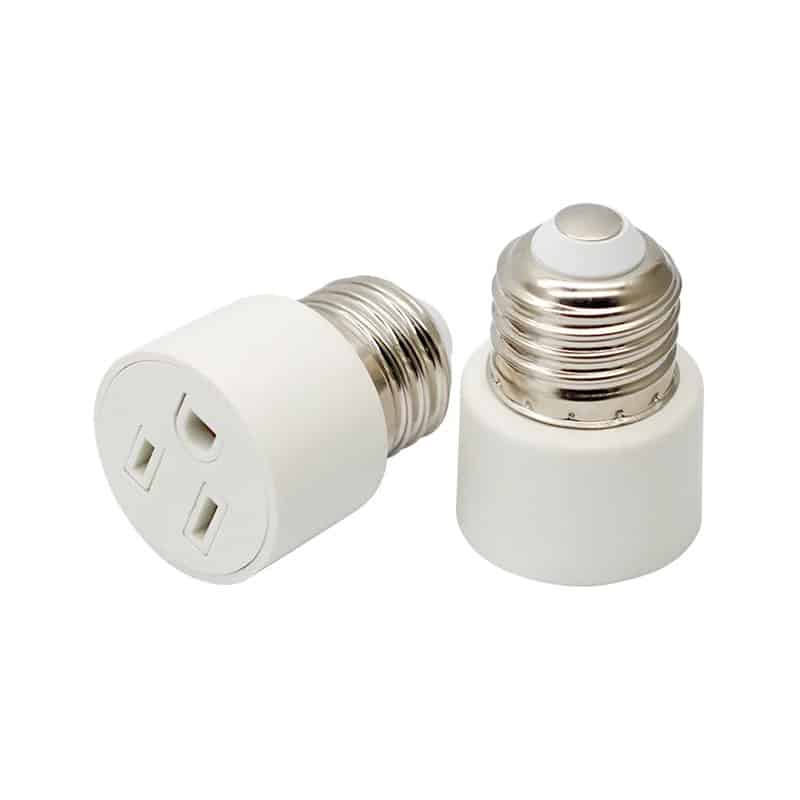The differences between European and American electrical systems often cause confusion, especially for travelers or expats moving between the two regions. One common question is whether a European plug can be used in an American socket. Understanding the distinctions in voltage, plug design, and electrical standards is crucial to avoid potential hazards and device damage.
No, a European plug cannot be directly used in an American socket due to differences in voltage, frequency, and plug shapes. However, with the right adapters and converters, European devices can safely operate in the U.S.
Let’s explore why this is the case and how to safely use European plugs in American sockets.

Understanding the Difference Between European and American Plugs
Voltage Differences
The voltage in Europe is typically 220-240V, while in the United States, it is 110-120V. This significant disparity means that devices designed for one region may not function properly or could even be damaged when used in the other without a voltage converter.
Plug and Socket Shapes
European plugs often come in Types C, E, or F, which are physically different from the American Type A and Type B sockets. European plugs are typically round with two prongs, while American plugs are flat and rectangular, making them incompatible without an adapter.
Frequency Differences
Electrical systems in Europe operate at 50Hz, while in the U.S., the standard is 60Hz. Although many modern devices are designed to handle both frequencies, some sensitive electronics may encounter performance issues.
Can a European Plug Be Used in an American Socket?
Physical Compatibility
European plugs do not fit into American sockets due to their different shapes. Type A and Type B sockets in the U.S. cannot accommodate the round prongs of European plugs without a physical adapter.
Electrical Compatibility
Even if you use a plug adapter, the voltage mismatch can pose serious risks. A device designed for 220-240V will likely malfunction or become damaged when plugged into a 110-120V outlet unless a voltage converter is used.

How to Safely Use a European Plug in an American Socket
Using Plug Adapters
Plug adapters are simple devices that allow European plugs to fit into American sockets. They do not change the voltage but merely address the physical incompatibility. Adapters are useful for devices that are dual-voltage, such as laptops and smartphones.
Voltage Converters or Transformers
For devices that are not dual-voltage, a voltage converter is essential. These devices step up the U.S. voltage from 110-120V to 220-240V, ensuring that European devices operate safely. When purchasing a converter, check its wattage capacity to ensure it can handle the power needs of your device.
Dual-Voltage Devices
Many modern electronics, such as phone chargers, laptops, and cameras, are dual-voltage and can operate on both 110-120V and 220-240V. Look for labels on your device or power adapter that indicate “110-240V” to confirm its compatibility.
Potential Risks of Incompatibility
Overheating or Damage to Devices
Plugging a 220V device into a 110V outlet without a converter can cause the device to underperform, overheat, or fail completely. Similarly, using a 110V device in a 220V outlet can lead to severe damage.
Electrical Hazards
Voltage mismatches can result in electrical fires, shocks, or other dangerous situations. Always use appropriate converters and adapters to minimize these risks.
Warranty Issues
Using devices in incompatible electrical systems without proper equipment can void warranties. Manufacturers often include disclaimers against improper use in regions with different voltage standards.

Regional Standards and Regulations
American Electrical Standards
The National Electrical Code (NEC) sets safety requirements for electrical installations in the U.S., emphasizing the importance of using devices compatible with the country’s 110-120V system.
European Electrical Standards
Devices manufactured for the European market often carry CE compliance, ensuring they meet regional safety and performance standards. However, CE compliance does not guarantee compatibility with American electrical systems.
Tips for Travelers and Expats
Planning Ahead
Before traveling or relocating, research the electrical standards of your destination. Knowing whether you need adapters, converters, or both can save time and prevent potential issues.
Investing in Universal Adapters
Universal adapters are versatile tools that support multiple plug types and are ideal for frequent travelers. Some models even include USB ports for charging multiple devices.
Checking Device Labels
Examine your devices and chargers for voltage and frequency information. This information, usually found on the power adapter, will indicate whether the device is dual-voltage.
Frequently Asked Questions
Can a Type C plug fit in an American socket? No, Type C plugs are physically incompatible with American sockets. A plug adapter is required to connect a Type C plug to a Type A or B socket.
What happens if I plug a 220V device into a 110V outlet? The device may fail to operate or could be permanently damaged due to insufficient voltage. Always use a voltage converter for such devices.

Final Words:
You cannot take a European plug and put it into an American socket for a couple of reasons: the shape of the plug, the voltage and the frequency. However, with a few tools like plug adapters and voltage converters, you can safely use European stuff in the U.S. with some planning and equipment. This not only keeps you safe, but it also keeps you from burning up your stuff. Understanding these differences will help you navigate the complexities of international electrical systems.













